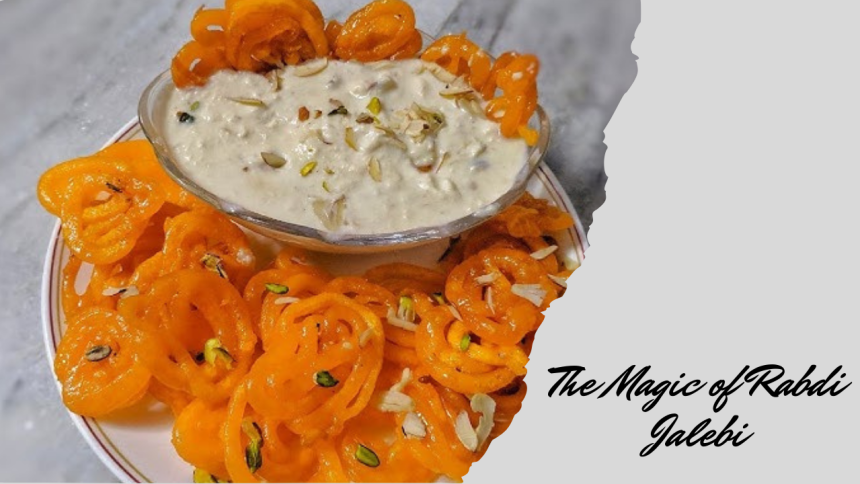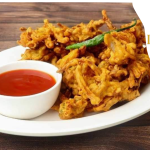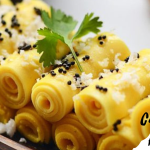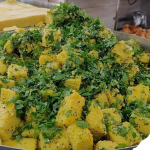The Origin of Rabdi Jalebi
A story as old as time.
the Magic of Rabdi Jalebi have been staples of Indian pastry for ages. Jalebi, with its Persian roots, found its way into Indian kitchens amid the Mughal period. In the interim, rabdi, a slow-cooked, thickened drain dessert, follows back to old Indian culinary conventions. But when did these two combine to make the magnum opus we venerate today?
While no one knows the correct beginning of matching rabdi with jalebi, nourishment significant others and chefs alike concur that it is a coordinate made in dessert paradise.
What Makes Rabdi Jalebi So Special?
The Idealize Contrast
the Magic of Rabdi Jalebi lies in its differentiating surfaces and temperatures. The jalebi is deep-fried to firm flawlessness and at that point doused in sugar syrup, whereas the rabdi is slow-cooked to a rich consistency.
The Smell and Presentation
The scent of cardamom, the brilliant winding of the jalebi, and the rich surface of rabdi topped with fragments of almonds and pistachios — all contribute to an encounter that is as outwardly engaging as it is delicious.
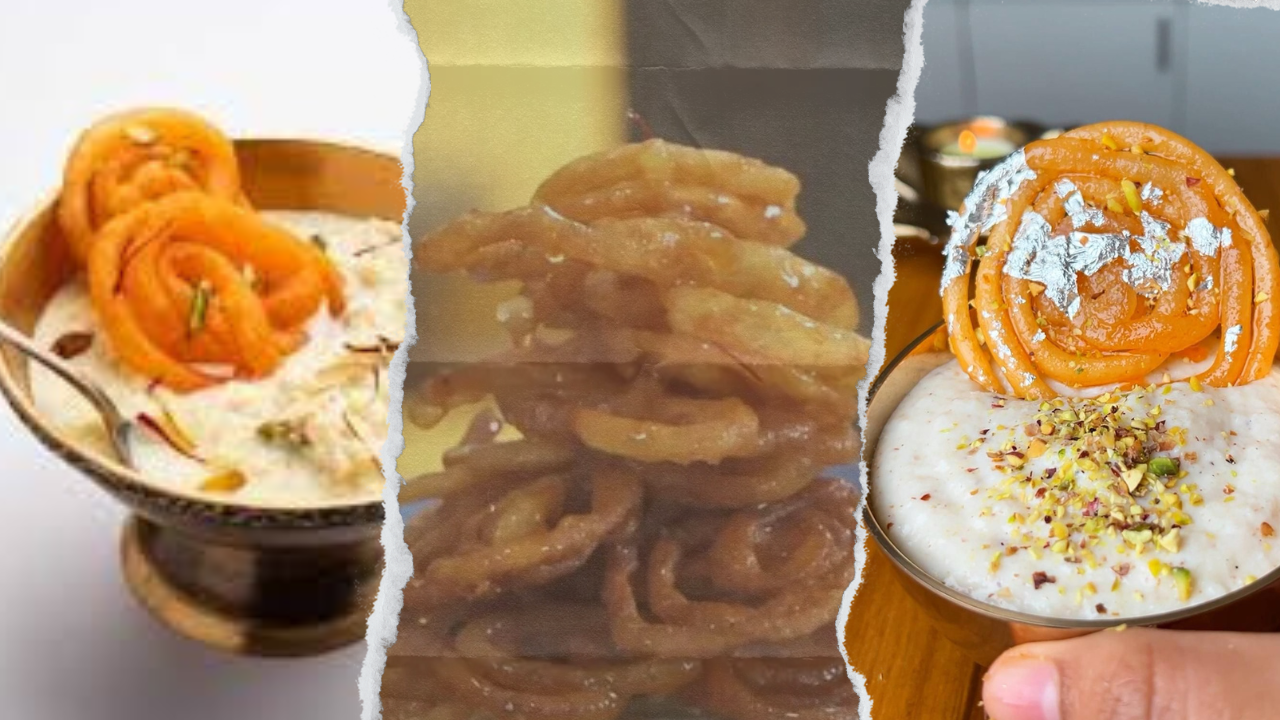
How to Make the Idealize Rabdi Jalebi at Home
If you’re longing for this delightful treat, why not make it at domestic? Here’s a basic way to get ready it from scratch.
Ingredients You’ll Need
For the Rabdi:
1 liter full-fat milk
2 tbsp sugar
1/2 tsp cardamom powder
A few strands of saffron
Chopped almonds and pistachios
For the Jalebi:
1 glass all-purpose flour
2 tbsp yogurt
1/4 tsp preparing soda
1/2 container water (alter as needed)
1/2 tsp saffron strands (for color)
Oil or ghee for frying
For the Sugar Syrup:
1 glass sugar
1/2 glass water
1/4 tsp cardamom powder
1/2 tsp lemon juice
Step-by-Step Preparation
Making the Rabdi:
Boil the drain in a heavy-bottomed dish and decrease the heat.
Stir persistently, scratching the sides of the container to blend the thickened drain back in.
Once the drain decreases to half, include sugar, cardamom, and saffron.
Cook until it comes to a thick consistency, at that point decorate with nuts.
Making the jalebi:
Combine the flour, yogurt, heating pop, saffron, and water to make a smooth batter.
Allow it to develop for 8–10 hours.
In a pan, heat some oil or ghee. Fill a channeling sack or crush bottle with the player and form winding forms in the heated oil.
Fry until brilliant brown and quickly plunge them in warm sugar syrup.
Bringing It All Together:
Serve hot jalebis with chilled rabdi.
Garnish with more nuts and appreciate each bite!
Best Places to Appreciate the Magic of Rabdi Jalebi in India
If you need to encounter this sweet enchant in its most bona fide shape, visit these incredible places:
Old Delhi (Chandni Chowk): The roads here are filled with merchants serving piping-hot jalebis with velvety rabdi.
Indore (Sarafa Bazaar): Celebrated for its night nourishment showcase, Indore offers one of the best Rabdi Jalebis in the country.
Jaipur (Lassiwala & Rawat Mishthan Bhandar): A must-visit if you’re in Rajasthan.
Varanasi (Kachori Gali): This otherworldly city serves the Magic of Rabdi Jalebi that will touch your soul!
Rabdi Jalebi: A Merry Favorite
No Indian celebration or wedding is total without desserts, and Rabdi Jalebi regularly takes center arrange. Whether it’s Diwali, Holi, or a amazing wedding devour, this liberality is continuously a hit.
Read More: Saputara in Monsoon: Involvement the Enchantment of Dim Hills
Health Benefits (Yes, You Perused That Right!)
While the Magic of Rabdi Jalebi is without a doubt a blameworthy joy, it does offer a few shocking benefits:
Energy Boost: The sugar in jalebi gives moment energy.
Calcium & Protein: Rabdi, made from drain, is a awesome source of calcium and protein.

